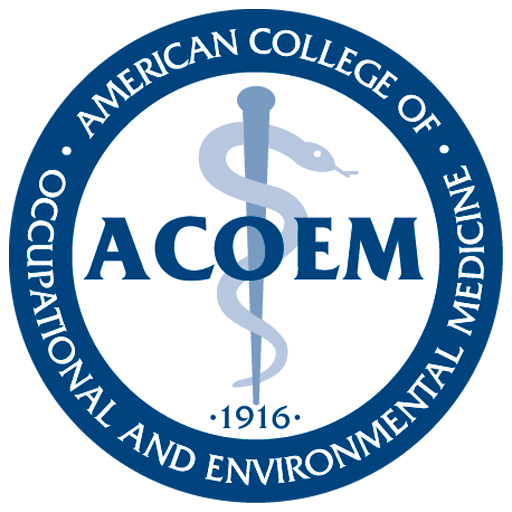
05: Safety In the Workplace
In the United States, as in many countries, employers are subject to occupational safety and health regulations to protect employees from work-related incidents and illnesses. The primary disciplines responsible for ensuring that these regulations are met are occupational safety, industrial hygiene, ergonomics, and occupational medicine.
Occupational safety professionals are responsible for implementing procedures and techniques to identify, eliminate, or control the risk of incidents in the work environment. Industrial hygienists anticipate, recognize, evaluate, and control potential hazards, such as chemical agents, physical agents, and biohazards. Ergonomists, also called human engineers, study people’s interaction with their work environment. Their primary goal is to improve performance by adapting the work environment and work tools to the human being.
Occupational health providers perform several roles: they develop prevention programs (including surveillance), evaluate employees’ fitness for duty and establish the need of restrictions, and advise employers when health-related labor decisions should be taken.
Implementation of an occupational safety and health management system is a win-win proposition for workers and employers. It protects workers by preventing work-related injuries and illnesses, improves workers’ morale and labor relations, saves costs (including health care and workers’ compensation), decreases absenteeism and turnover, improves productivity and quality, and mitigates liability repercussions.
This section of the guide addresses the unique employer-occupational medicine relationship, focusing specifically on three key workplace safety issues: 1) safety-sensitive jobs and workers’ responsibility for their own safety as well as the safety of coworkers and the general public, 2) drug-free workplaces as a means to prevent incidents due to substances that alter the function of the brain, and 3) a review of impairment in the workplace, with strategies to identify and manage it.
The fourth section of this chapter discusses the challenges and rewards for health professionals serving the workforce. To succeed in having a healthy workforce, employers and occupational health providers must establish common objectives and develop relationships, based on trust, collaboration, and fluid communication. Occupational health providers must be trusted with sensitive information, and in turn— and in compliance with HIPPA privacy regulations—they must communicate sensitive information to employers. They must also keep employers informed about hazards in the workplace and risks to which employees may be exposed and help them understand the importance of investing in occupational health and safety risk management.
To succeed in this role, occupational medicine providers must learn to navigate an unfamiliar environment and work with a variety of stakeholders (such as workers’ compensation representatives, insurers, and lawyers). The providers’ ability to manage these roles effectively is critical, ensuring that important decisions affecting both workers’ livelihoods and workplace safety and productivity are based on sound scientific evidence and medical judgment.
Reference
Halonen, Jaana I et al: Collaboration between employers and occupational health service providers: a systematic review of key characteristics BMC Public Health, 12/2017, Volume 17, Issue 1
